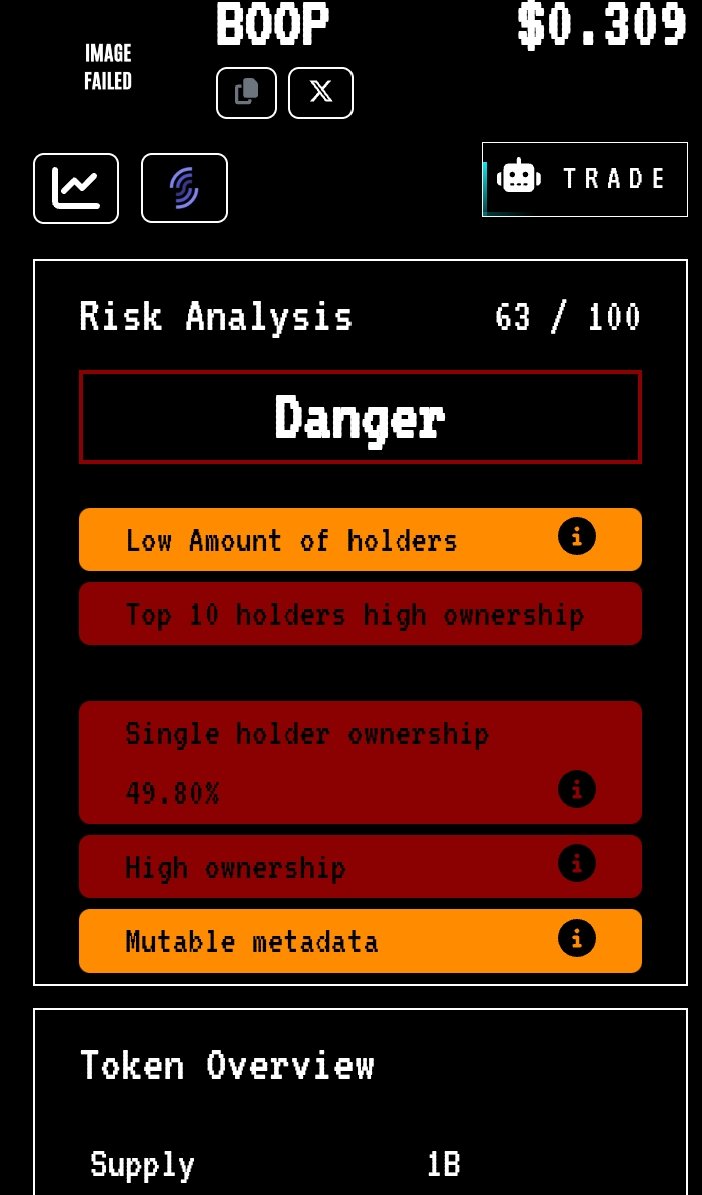The Ever-Evolving Landscape of NFTs and Cryptocurrency
In the digital age, the worlds of non-fungible tokens (NFTs) and cryptocurrency are rapidly evolving, offering both unprecedented opportunities and significant risks. As we navigate through 2025, it’s crucial to understand the dynamics at play, the trends shaping the market, and the strategies for mitigating risks. This analysis delves into the current state of NFTs and cryptocurrency, highlighting key trends, market analyses, and the importance of risk management.
The Rise of NFTs and Cryptocurrency
A New Era of Digital Assets
NFTs represent a revolutionary shift in how we perceive and trade digital assets. Unlike cryptocurrencies, which are fungible and can be exchanged on a like-for-like basis, NFTs are unique and cannot be replaced on a one-to-one basis. This uniqueness makes them ideal for representing ownership of digital art, collectibles, and even real-world assets. For example, the digital artist Beeple sold an NFT for $69 million, showcasing the potential value and recognition these tokens can achieve.
Market Trends and Analysis
The NFT market has seen exponential growth, with platforms like OpenSea and Rarible becoming household names. According to a report by DappRadar, the NFT market saw a surge in trading volume, reaching $25 billion in 2024, a 300% increase from the previous year[1]. This growth is driven by several factors, including the increasing acceptance of digital art, the rise of metaverse platforms, and the growing interest in blockchain technology.
Cryptocurrencies, on the other hand, have been a staple of the digital economy for over a decade. Bitcoin, the first and most well-known cryptocurrency, has seen its value fluctuate wildly, reaching an all-time high of $100,000 in 2024[3]. Other cryptocurrencies like Ethereum, Solana, and Cardano have also gained significant traction, each offering unique features and use cases. Ethereum, for instance, has become the backbone for many NFTs due to its smart contract capabilities, while Solana has gained popularity for its high-speed transactions.
Navigating the Risks
Understanding Market Volatility
One of the most significant risks in the NFT and cryptocurrency markets is volatility. Prices can fluctuate wildly based on market sentiment, regulatory changes, and technological advancements. For instance, the value of Bitcoin dropped by 20% in a single day in March 2025 due to regulatory concerns in the United States[3]. Such volatility can be challenging for investors, especially those new to the market. To mitigate this risk, investors should consider setting stop-loss orders and regularly reviewing their portfolios.
Security and Fraud
Security is another major concern. NFTs and cryptocurrencies are stored in digital wallets, which can be vulnerable to hacking and theft. High-profile hacks, such as the one that resulted in the loss of $600 million worth of cryptocurrency from a decentralized finance (DeFi) platform in 2024[4], highlight the need for robust security measures. Investors should use hardware wallets, enable two-factor authentication, and regularly update their software to protect their assets.
Regulatory Challenges
Regulatory uncertainty is a significant risk factor. Governments around the world are still grappling with how to regulate these digital assets. In the United States, the Securities and Exchange Commission (SEC) has been increasingly scrutinizing cryptocurrency exchanges and NFT platforms, leading to uncertainty and potential legal challenges for market participants[2]. Investors should stay informed about regulatory developments and consult with legal experts to navigate these challenges.
Strategies for Mitigating Risks
Diversification and Hedging
Diversification is a key strategy for mitigating risks in the NFT and cryptocurrency markets. Investors should consider spreading their investments across different types of digital assets, including various cryptocurrencies and NFTs. Additionally, hedging strategies, such as using derivatives, can help protect against price fluctuations. For example, investing in stablecoins like Tether or USD Coin can provide a hedge against the volatility of other cryptocurrencies.
Enhanced Security Measures
Implementing robust security measures is crucial. This includes using hardware wallets, enabling two-factor authentication, and regularly updating software. Investors should also be wary of phishing scams and other fraudulent activities. For instance, using a hardware wallet like Ledger or Trezor can significantly reduce the risk of hacking. Additionally, investors should avoid sharing their private keys and be cautious of suspicious links and emails.
Staying Informed and Adaptable
Staying informed about market trends and regulatory changes is essential. Investors should follow reputable sources of information, such as market analysis reports and industry news. Being adaptable and ready to pivot strategies based on new information can also help mitigate risks. For example, following platforms like CoinMarketCap and CoinDesk can provide valuable insights into market trends and regulatory developments.
The Future of NFTs and Cryptocurrency
Emerging Technologies and Innovations
The future of NFTs and cryptocurrency looks promising, with several emerging technologies and innovations on the horizon. For instance, the integration of NFTs into the metaverse is expected to create new opportunities for digital ownership and interaction[5]. Additionally, advancements in blockchain technology, such as layer-2 solutions, are expected to improve scalability and reduce transaction costs[6]. These innovations will make NFTs and cryptocurrencies more accessible and efficient, driving further growth in the market.
The Role of Regulation
Regulation will play a crucial role in shaping the future of these markets. As governments around the world develop clearer regulatory frameworks, investors and market participants will have more certainty, leading to increased adoption and growth. However, it’s essential that regulations are balanced, promoting innovation while protecting investors. For example, the European Union’s Markets in Crypto-Assets (MiCA) framework aims to provide a balanced regulatory approach, promoting innovation while ensuring consumer protection.
Community and Collaboration
The community and collaboration within the NFT and cryptocurrency ecosystems are vital for their continued growth. Platforms like Twitter and Discord have become hubs for discussions, collaborations, and support. As seen in the tweets from users like @NftSei and @longpham2730, community engagement and support are essential for navigating the complexities of these markets. Investors should actively participate in these communities, sharing knowledge and supporting each other.
Conclusion: Embracing the Future
The worlds of NFTs and cryptocurrency are filled with both opportunities and challenges. As we move forward, it’s crucial to stay informed, adaptable, and proactive in managing risks. By understanding market trends, implementing robust security measures, and staying engaged with the community, investors can navigate these dynamic markets successfully. The future of digital assets is bright, and those who embrace it with a strategic and informed approach will be well-positioned to reap the benefits.

